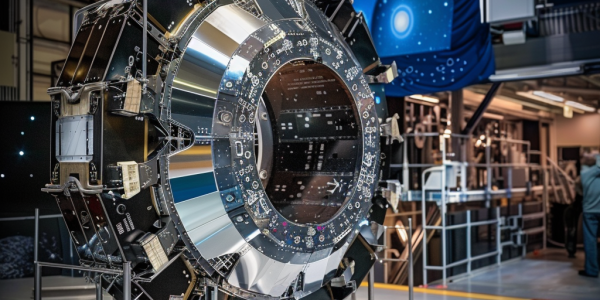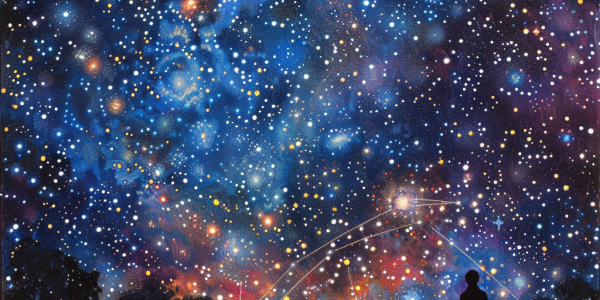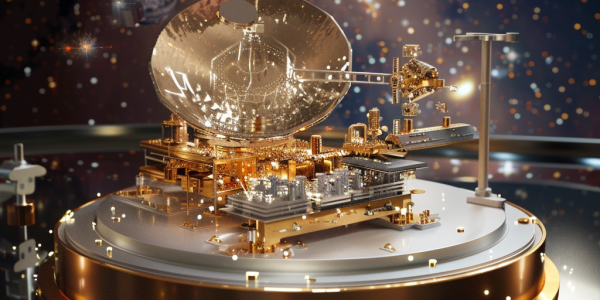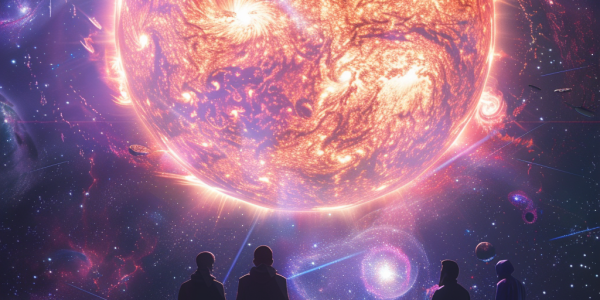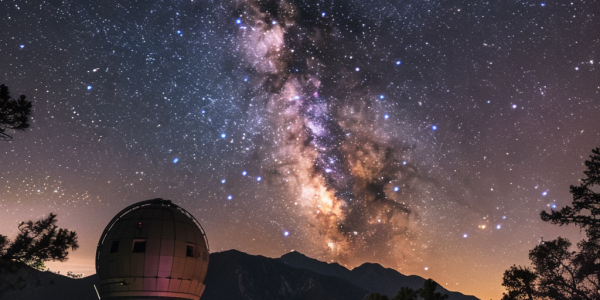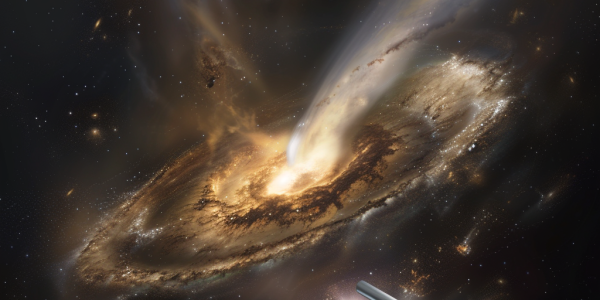NASA Completes Integration of Roman Space Telescope Payload
NASA has successfully integrated the payload for the Roman Space Telescope, a key milestone in its mission to explore dark energy, dark matter, and exoplanets. With advanced instruments like the Coronagraph and a 300-megapixel Wide Field Instrument, the telescope aims to enhance our understanding of the universe. Scheduled for launch in May 2027, the Roman mission promises groundbreaking discoveries in astrophysics and cosmology.
The Night Sky: A Glimpse into the Past
When we gaze at the night sky, we’re not just seeing stars; we’re looking back in time. The universe, approximately 13.6 billion years old, reveals fascinating insights as light from celestial bodies takes years, even millions of years, to reach us. Discover how the light from the sun, moon, and distant stars connects us to the cosmos’ history and the incredible distances involved in this cosmic journey.
NASA Integrates Key Instrument for Next-Gen Exoplanet Exploration
NASA’s integration of the Roman Coronagraph Instrument into the Nancy Grace Roman Space Telescope marks a pivotal advancement in exoplanet exploration. Set to launch in May 2027, this next-generation observatory will revolutionize our understanding of distant worlds, enabling the detection of light from planets 100 million times fainter than their stars. With a wide field of view and groundbreaking technology, the Roman Space Telescope is poised to unlock secrets of the universe and potentially identify Earth-like planets capable of supporting life.
Harnessing the Sun: A Revolutionary Concept for Cosmic Exploration
Scientists are exploring the revolutionary concept of transforming the Sun into a colossal telescope using gravitational lensing, potentially enhancing our ability to observe distant galaxies and celestial phenomena. This innovative approach could lead to groundbreaking discoveries in astronomy while offering a cost-effective alternative to traditional space telescopes. As researchers investigate the feasibility of this idea, the future of cosmic exploration looks promising.
Explore the Cosmos: Saturday Evening Talks & Telescopes at Mount Wilson Observatory
Join the Mount Wilson Observatory for the Saturday Evening Talks & Telescopes event on July 27, 2024. Enjoy a captivating lecture by Dr. John Mulchaey on ‘Hubble’s Universe Today,’ followed by stargazing through historic telescopes. Tickets are just $50, making it an affordable way to explore the cosmos. Don’t miss this unique opportunity for astronomy enthusiasts and curious minds alike!
Dramatic Quasar Interaction Revealed by INAF-Led Research Group
International research group led by INAF used NIRSpec on JWST to observe interaction between quasar and satellite galaxies in distant universe. Unprecedented details shed light on galaxy growth in early universe. Results presented at EAS 2024 meeting in Padua. Discovery impacts cosmic history and galaxies’ evolution.

